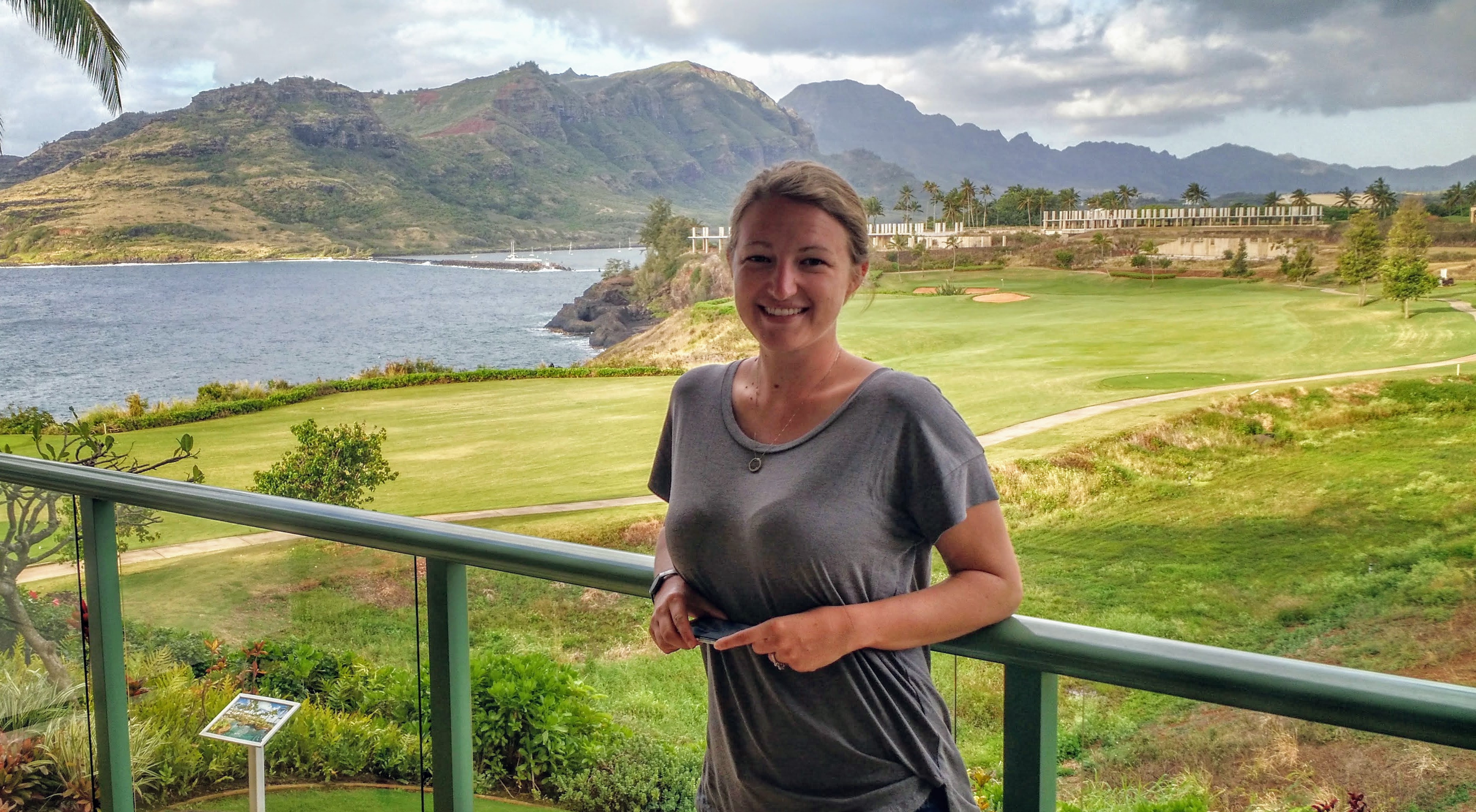
Dr. Kirsten M.G. Vacca, Assistant Professor of Historical Archaeology at the University of Hawaiʻi–West Oʻahu, was among the authors of a recently published archaeology paper that explores how ceramic cooking pots record the history of ancient food practices.
The paper, “Interpreting ancient food practices: stable isotope and molecular analyses of visible and absorbed residues from a year-long cooking experiment,” was published in Scientific Reports, an open-access journal that publishes original research from across all areas of the natural and clinical sciences. It is the seventh most-cited journal in the world, with more than 350,000 citations in 2019.
“This project first developed out of an Archaeology of Food seminar at University of California, Berkeley, with the implementation of the research design spanning several years,” Vacca said. “I contributed to the development, design, and implementation of the experimental portion of this project.”
The publication of this research in Scientific Reports is significant for several reasons, Vacca noted.
“The project is groundbreaking research that helps archaeologists better understand how pottery absorbs food cooked within individual vessels, which allows for a better understanding of what we are seeing when we analyze surviving residue on similar archaeological material,” she said.
“For example, with this information archaeologists can determine whether we are seeing residue from ingredients consistently used over time in cultural cooking practices, or whether we are only privy to the ingredients from the last meal cooked in the vessels,” Vacca said. “The open-access format is also exciting in that it means these findings are widely available to scholars wanting to continue the research and others interested in learning more about how we know what we know about the past.”
According to a press release, analyzing three components of ceramic cooking pots — charred remains, inner surface residues, and compounds absorbed within the ceramic walls — may help archaeologists uncover detailed timelines of culinary cooking practices used by ancient civilizations. The findings from the year-long cooking experiment are published in the journal.
The paper’s lead author is Melanie J. Miller with the University of Otago in New Zealand and the University of California. Miller and colleagues repetitively cooked the same ingredients in unglazed ceramic pots once per week over the course of one year, then changed recipes for the final cooking event to study whether remaining residues may represent the last meal cooked or an accumulation of cooking events over the total amount of time a vessel has been used. Recipes included ingredients such as wheat, maize, and venison.
Chemical analysis of the carbon and nitrogen values present in the ceramic pots, contributed by carbohydrates, lipids, and proteins from the meals cooked, suggest that the remains of burnt food left within each vessel represent the final ingredients and change with each meal.
The composition of the thin residue layer formed on the inside surface of the cooking pot and in most direct contact with the food when cooking represents a mixture of previous meals, but most closely resembles that of the final meal. Further analysis also suggests that molecules are absorbed into the walls of the ceramic vessel over a number of meals and are not immediately replaced by the new recipes but are instead slowly replaced over time, representing a mixture of the ingredients cooked over the total amount of time the vessel was in use.
Analysis of all three residues reveal cooking events across different time scales for ceramic vessels and may enable archaeologists to better understand the various resources used by ancient cultures and to estimate the lifespan of pottery used in meal preparation, according to the press release.
